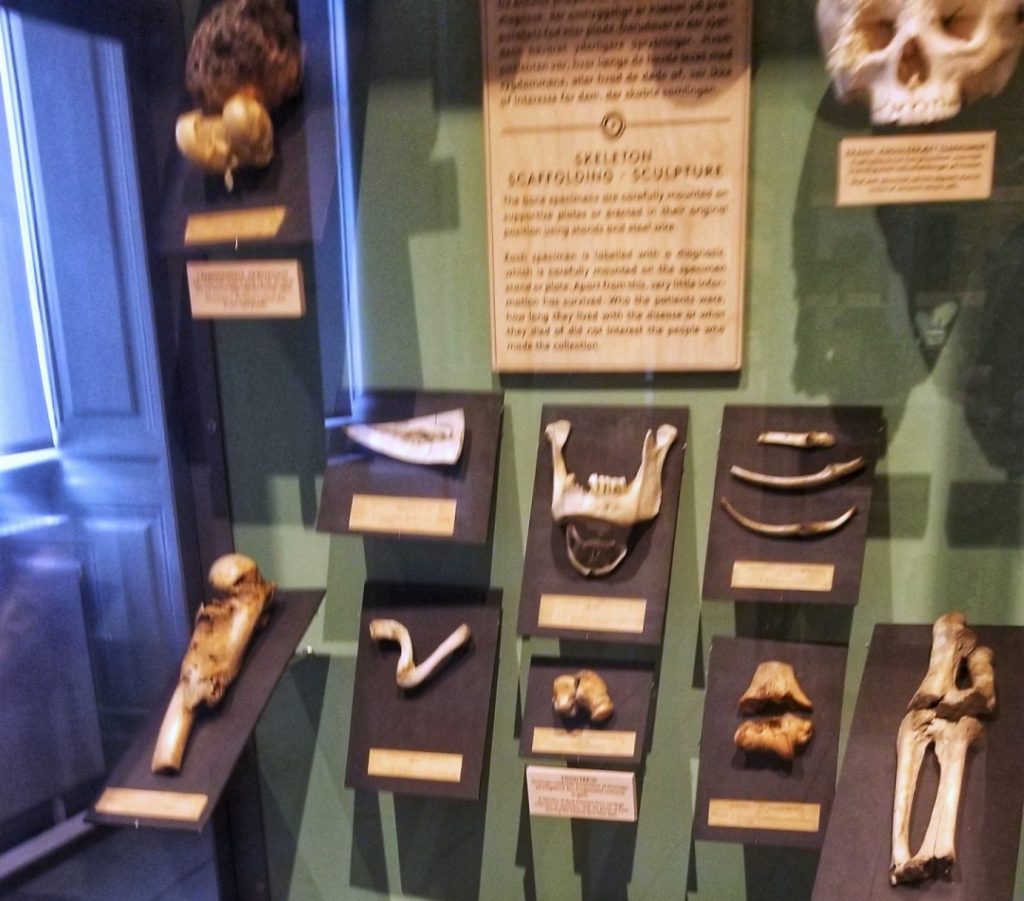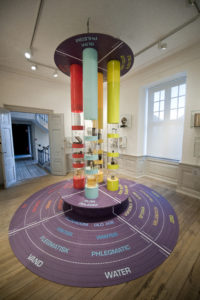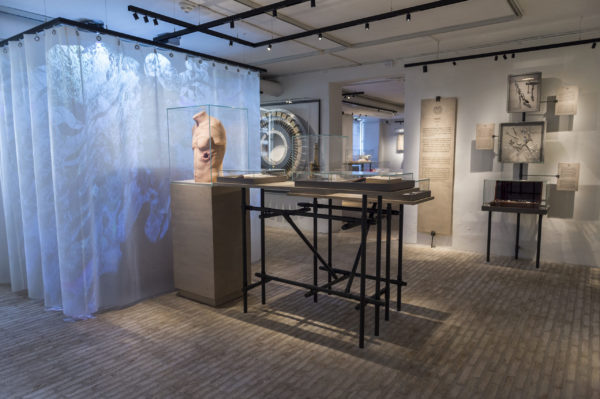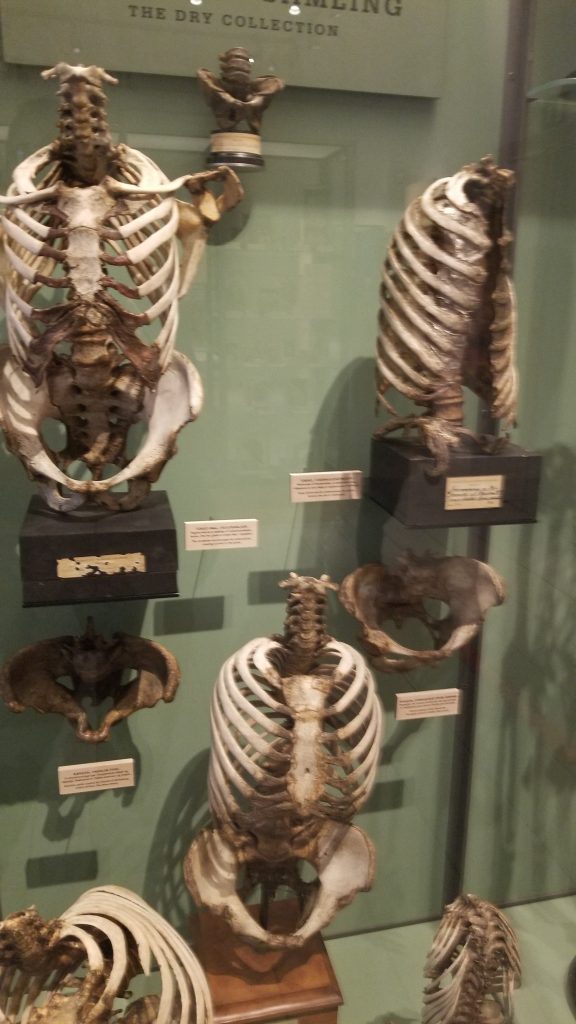
Collected Human
Medical Museum Copenhagen
This is a fun and cramped museum that owes a lot of its popularity to being featured on the TV show Mystery at the Museum and the general weirdness of the exhibits. But once you get past the collected human exhibit, which is the most macabre area, there is much to learn.
The history of health care
To begin with, the museum takes you on a walk through the history of medical science and thought. Starting with the Greeks, who had the idea of the humoral, four elemental forces that, when combined, caused you to be you. The four fluids in the body were: blood, phlegm, yellow bile, and black bile. An imbalance in these four forces caused sickness. Curing sickness meant balancing those forces, hence the idea of bloodletting and leeches.

It wasn’t until the 19th century that doctors started to understand the real causes of illness. Instead of elemental forces, vengeful acts of gods, or bad air, doctors and scientists learned that bacteria, viruses, and chemical imbalances caused illness and injury. That doesn’t mean that old habits die easy. Think of all the weird health sanitoriums that still existed into the early 20th century. You can even see some of the same ancient ideas in the non-scientific reaction of people to CoVid-19.
Just remember, the idea of soap and hand washing is a recent development in the span of humanity.
The human mind
One section that might also be disturbing, after the display of human body parts, is The psychiatry Room. Just think that only in the last 50 years have doctors changed how we approach and treat mental conditions. The exhibit combines old medical devices, catalogs, and many things to read and learn. It does provoke thoughts about how the interaction of social conditions, genetics, and even food cause and can solve mental disorders.
Mind the Gut

The Mind the Gut exhibition in the lower levels is a very thought-provoking display of the connection between the gut, the mind, and the rest of the body. While some of this might feel that it is a return to the humoral idea of balance, there is a lot of science, and art, involved in this exhibit. Well worth the time to observe as much as you can.
The Collected Human

This is the exhibit that folks think about when they hear about the museum. It can feel disturbing and violent. The collection is just a faction of what the museum has. Think of the exhibit as a historical process of medical knowledge and advancement. Yes, there are oddities, like conjoined twins. There are also fetuses, which have been the cause of outrage for some religious conservatives.
The exhibition reflects the history of how medical science zooms its way into the body. First the whole body is shown, then organs, tissues, cells and finally molecules. Although modern biomedicine operates on a microscopic and molecular level, it is still the access to material from people that lays the foundation for new knowledge.
Medicinsk Museion Website